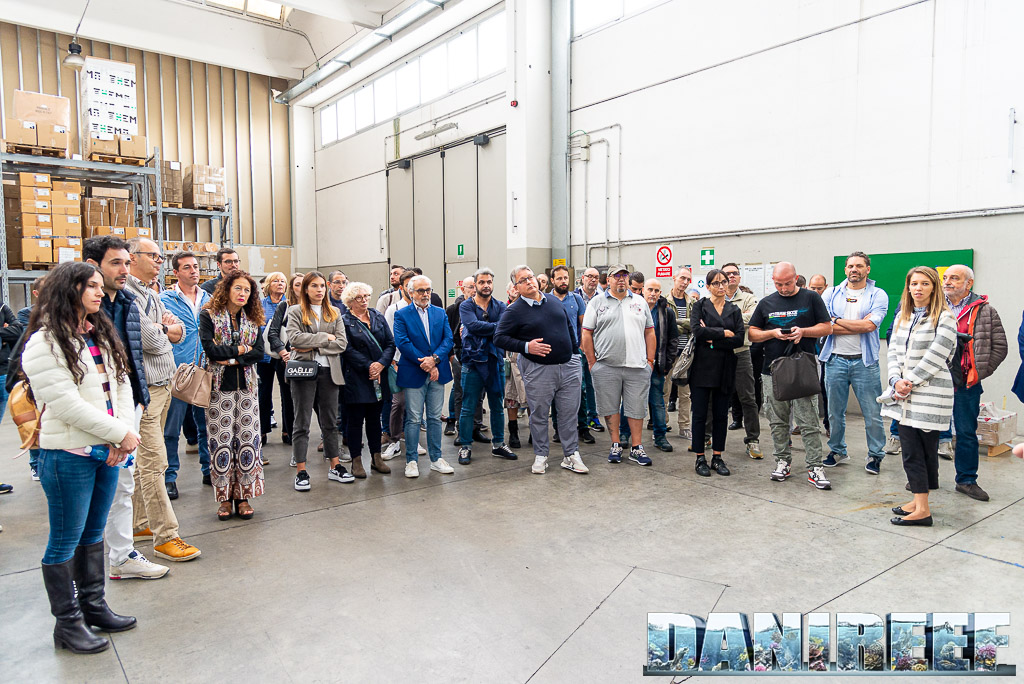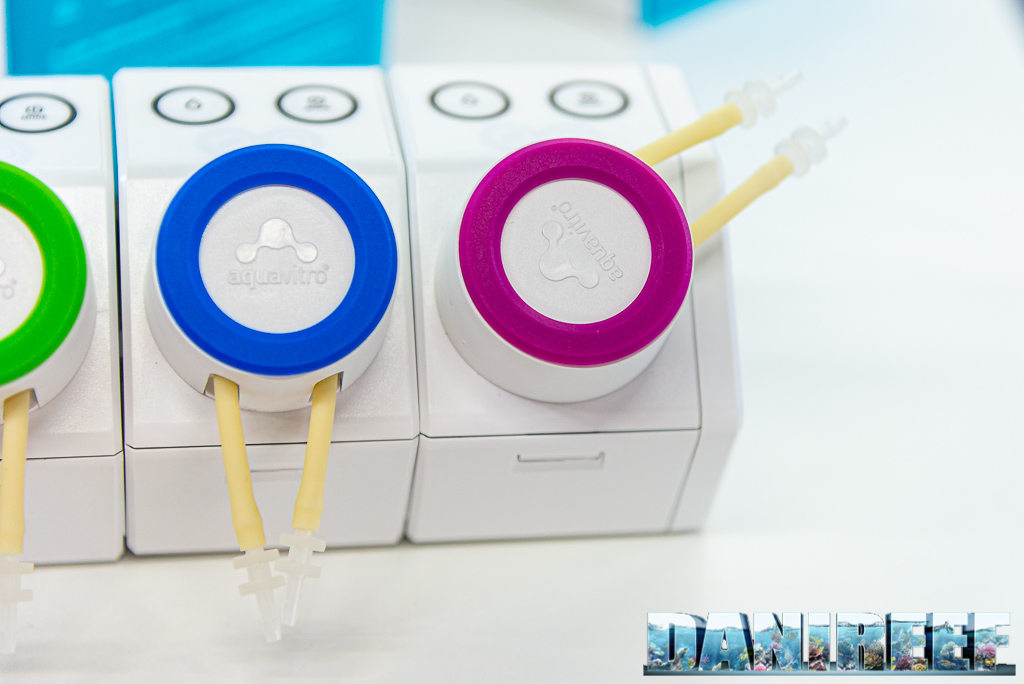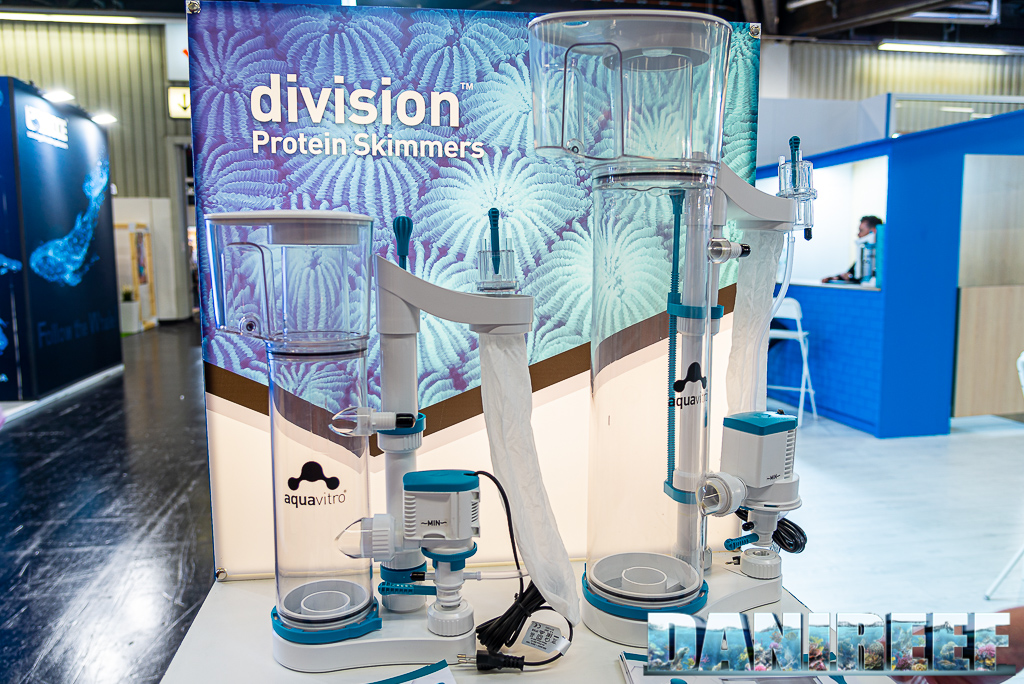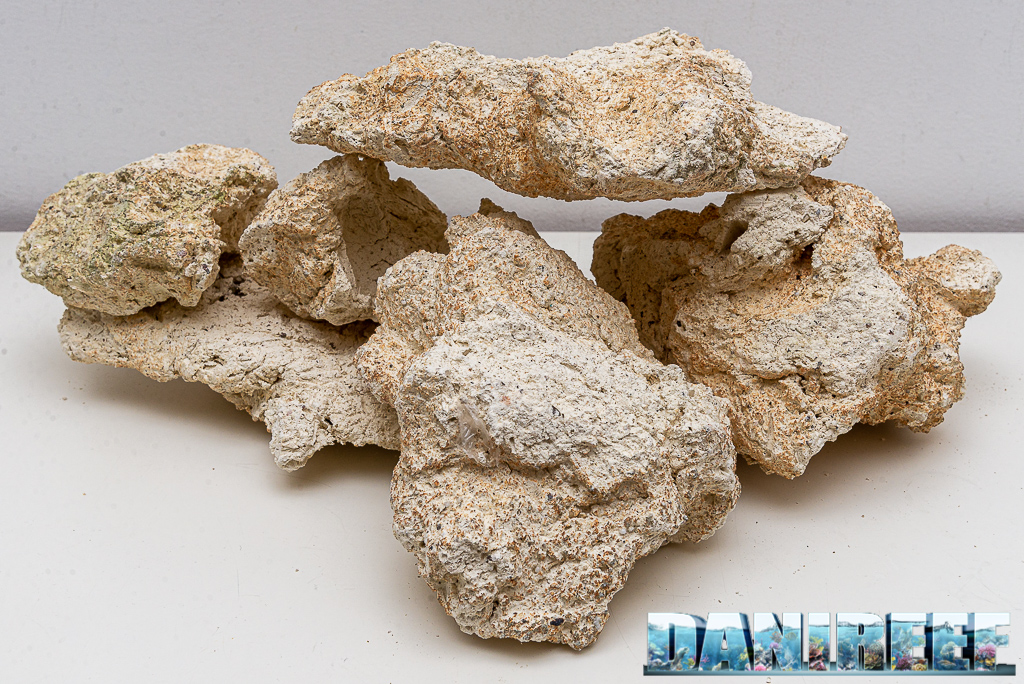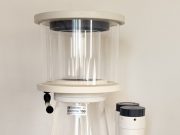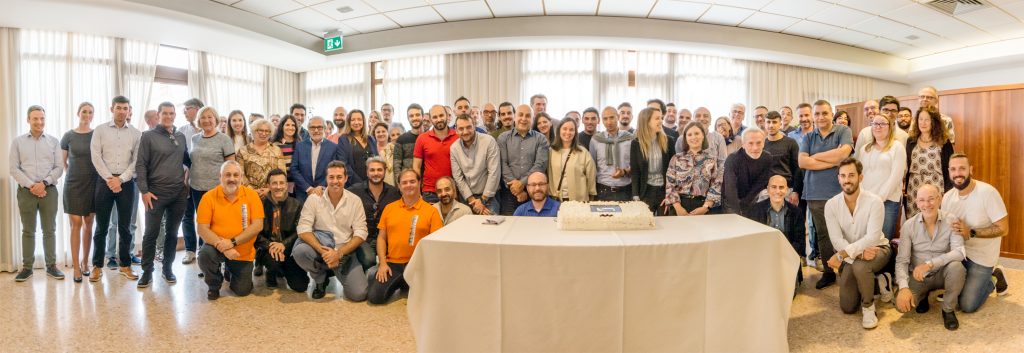
Sicce Open House 2022, an event organized by the company itself at its premises in Pozzoleone (IT), took place on October 10th, to gather retailers and operators of the industry.
This article is also available in: Italiano
The event was an interesting get-together, that allowed many to see up close some production processes of an Italian company appreciated worldwide. It was also a chance for Sicce to present some brand new products, and to revive and reinforce partnerships with some international brands, whose distribution in Italy is managed by the company.
Those who has been following us for some time may remember our visit to Sicce during their first Open House, back in 2017.
The last Sicce Open House was held 2019 but we couldn’t attend it, therefore there is no reportage to tell you more. Looking back at our last visit, we notice it’s been five years only, however, because of the many events that have taken place in the meantime, it feels like a lifetime ago.
These five years were mostly impacted by the pandemic, that felt like a dividing line. In this period we experienced the effects of imports ban which heavily affected our hobby, as much as a European legislation increasingly stringent. Again, it may be the consequence of a war currently underway and the resulting economic downturn that is transferring us to a more fragile dimension, in which we had to change some of our habits.
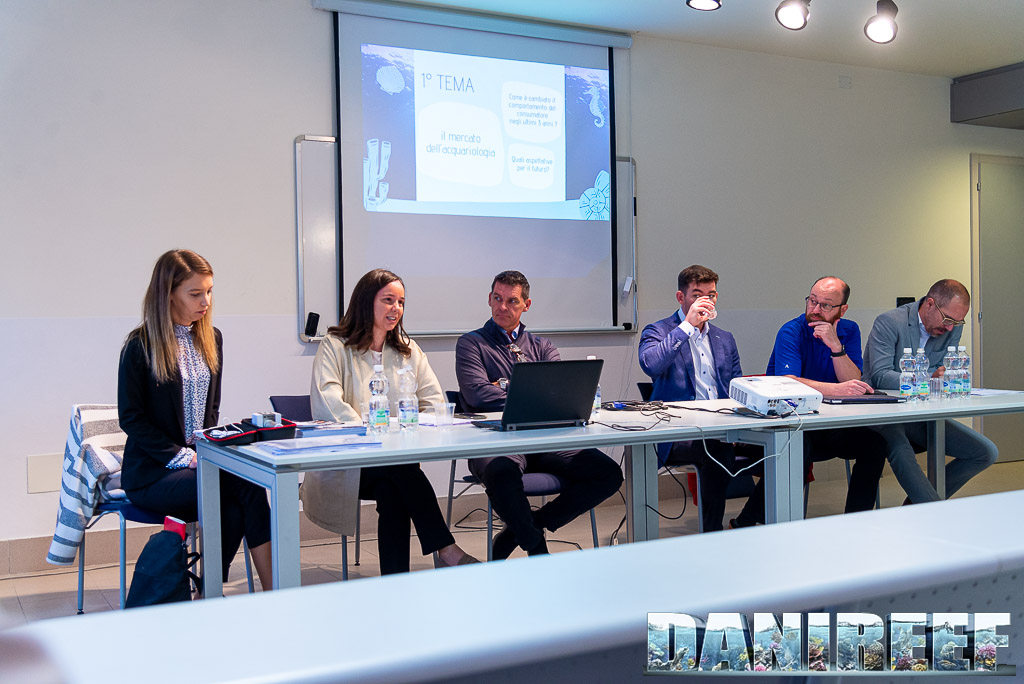
Because of the general price increases, many of us downsized their needings. The increase in energy costs discouraged many aquarists from this hobby.
In this crisis scenario the Sicce Open House 2022 gave special attention to the present, with a look into the future and how aquariology will age in years to come.
The organization
Before talking more extensively about the topics covered, we felt it was a must to mention the excellent organization of Sicce, which put on an event with attention to detail.
A great number of industry professionals responded in attendance, all sharing a curiosity to see the novelties presented up close and to discuss with the audience the situation in the post-pandemic market.
The company responded by providing a first-class service. A shuttle picked up retailers and operators from southern Italy and took them to their destination, while an elegant and functional hotel in the area was provided for overnight stays.
Well paced and scheduled was also the timing of the event, which saw the day divided into five parts, with an introductory lecture, a visit to the factory, a lunch break, and then, in the afternoon, the presentation of the new products. Also concluding was a lottery that awarded some prizes taken directly from the Sicce catalog.
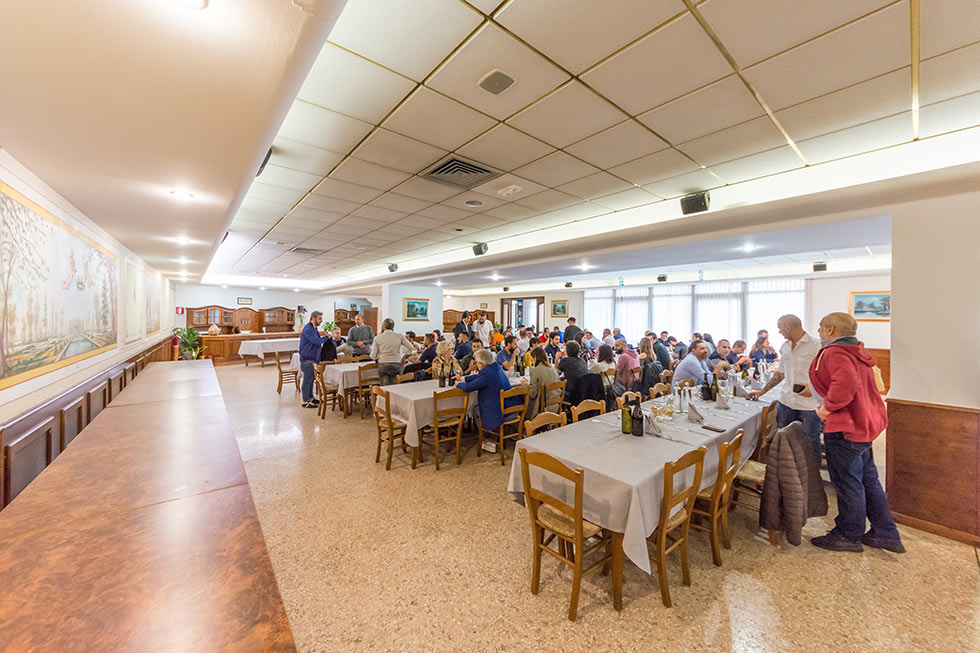
The future of aquariology
In the first morning, the introductory lecture was held, which could not fail to cover the hot topics of the period, and the effects of the crisis on the aquarium market.
Doing the honors were Laura Pettenon, Sicce Communications Manager, and Gloria Ceccon, who takes care of Marketing Strategies. Together with Federico Carraro, Sales and Technical Area Manager, they gave us an interesting briefing on the future of aquariology.
The conference was also enriched by the presence of some international guests, prominent personalities from companies that actively collaborate with Sicce. In fact, among the speakers we had the pleasure of meeting Americans Doug Hill, president and CEO of Seachem Laboratories Inc. and Taylor Hill, also at Seachem as Corporate Operations Manager.
Accompanying them was Brazilian Paulo Sergio, Seachem Sales Manager for Latin America and a host of other countries including Thailand, Malaysia, Singapore, Spain and Italy.
Special mention for Frenchman Jérôme Levassor, very nice General Manager and Owner of Aquaroche, who came here to inaugurate the collaboration with Sicce for the distribution of its brand in Italy.
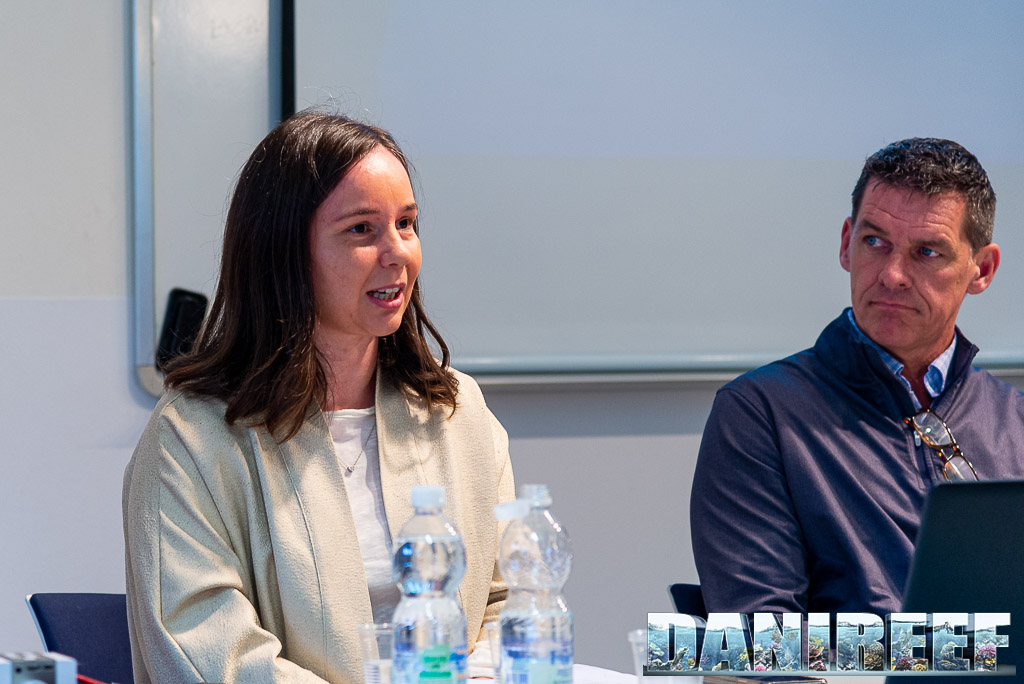
A decisive change of course
As already seen in our introduction, the market in general has undergone substantial changes in the last three years. The pandemic and related lockdown have accelerated the spread of online shops, effectively increasing the already known difficulties for so-called “physical stores“.
The return to normalcy, however, has not corresponded to a return of pre-covid customer levels, and this is creating quite huge problems for retailers. Online prices are often lower than those in regular stores. This is normal when one considers how much additional expense a shopkeeper has to incur to maintain their business.

Let’s take a trivial example: a customer entering an aquarium store expects to see live what he would otherwise buy online. Here then, there is the need to set up and maintain at least a few display tanks, in addition to regular ones. When one considers the rising cost of energy in recent periods, it will be well understood how this can be a huge critical issue in the overall economics of the business. Conversely, if you look at the market from the user side, considering that this hobby can hardly be called cheap, it is normal that one tends to buy where the greatest savings occur.
Aquariology goes social
Is there a way out of this vicious cycle?
According to Doug and Taylor, the answer lies in the Web and more specifically in the use of social media for divulgation and promotional purposes. In the United States, it is now customary to take advantage of social media to offer live feeds and coverage on the major events that take place.
Many shopkeepers have reinvented themselves as influencers and begun to do outreach.
By harnessing this social wave, they have secured a respectable return on investment for their physical stores. A reinvention made to meet the needs of the customer. And what is the added value of the traditional retailer versus the online shop?
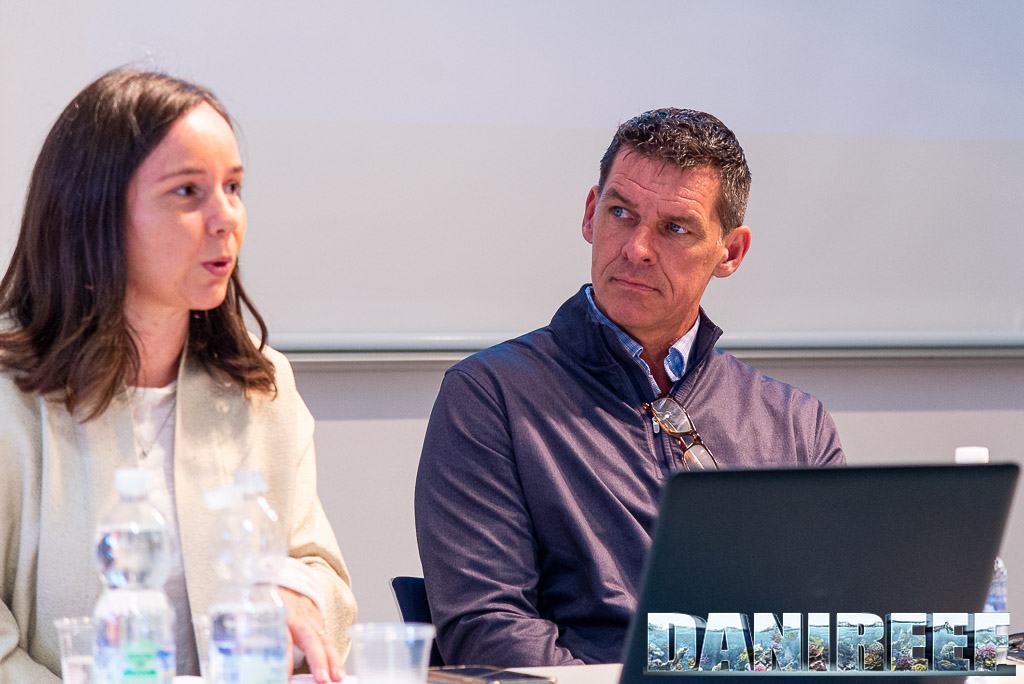
Certainly competence, seriousness and honesty in the job, which among other things can be seen through the ability to convey correct and adherent information to the customer. It is normal that the shopkeeper tends to recommend a product where the profit may be higher, but this should not disregard directing the customer to what can be really useful to him for the proper functioning of his tank. This translates into the ability to march toward the user’s needs by ensuring success in their hobby, which is the best way to enthuse them and keep them attached.
In addition, to entice the neophyte and capture his attention, a well-rounded divulgation activity would certainly be useful, which, starting from showing a beautiful tank set up in the store, is aimed at forming a true aquarium consciousness. For this, the shopkeeper can and should be of help, providing important information, recommending publications and quality content, perhaps offering them in online formats. An activity that makes the customer aware of the biosphere they are trying to reproduce, through study, initial learning and even by holding meetings and activities in support of beginners, as well as experts.
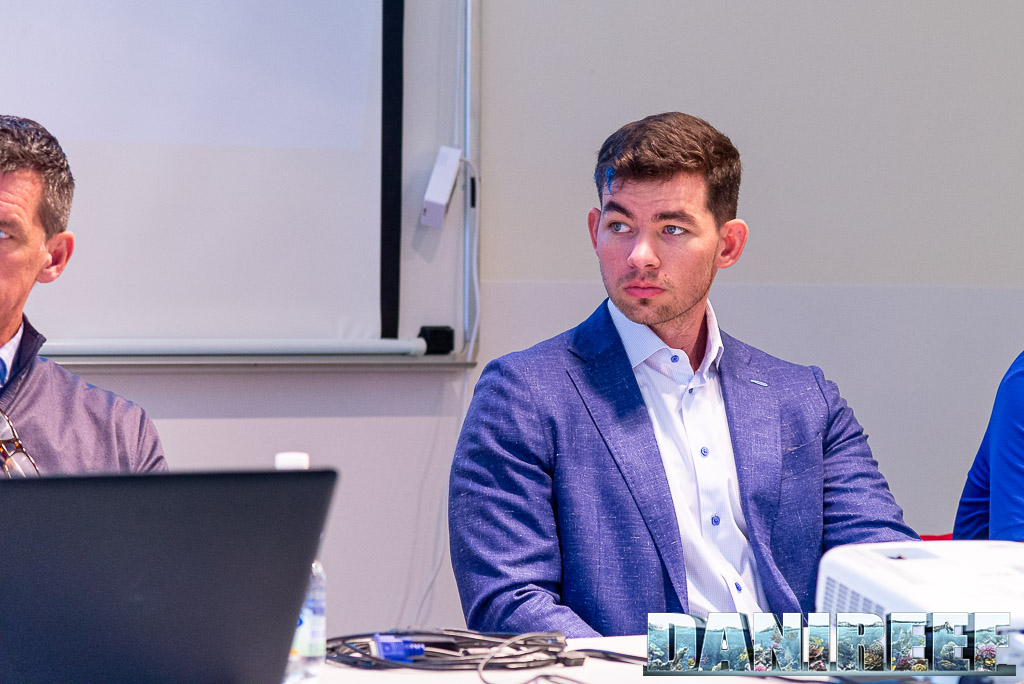
Doug told us how in the U.S., the Aquarium Info Youtube channel is able to gather support from young and elderly, bringing them closer to this world in a fun and interactive way. Of course, this interaction has helped the small public to get acquainted with aquariology with a reasonable economic return in physical stores.
Surely this can be an example to follow even if not everyone has the means or skills to get into social media and actively engage the public.
The contribution from companies
All of this cannot go without the help from companies of the industry, which should support retailers with their business strategies.
This is also the meaning of the company’s willingness to offer training courses for retailers, aimed at properly explaining the characteristics of their products. This is an effective way of ensuring the competence of the retailers, which benefits the end user. An experience that Paulo, one of Seachem’s representatives, has already done and studied in some South American countries.
The article continues at page two.








